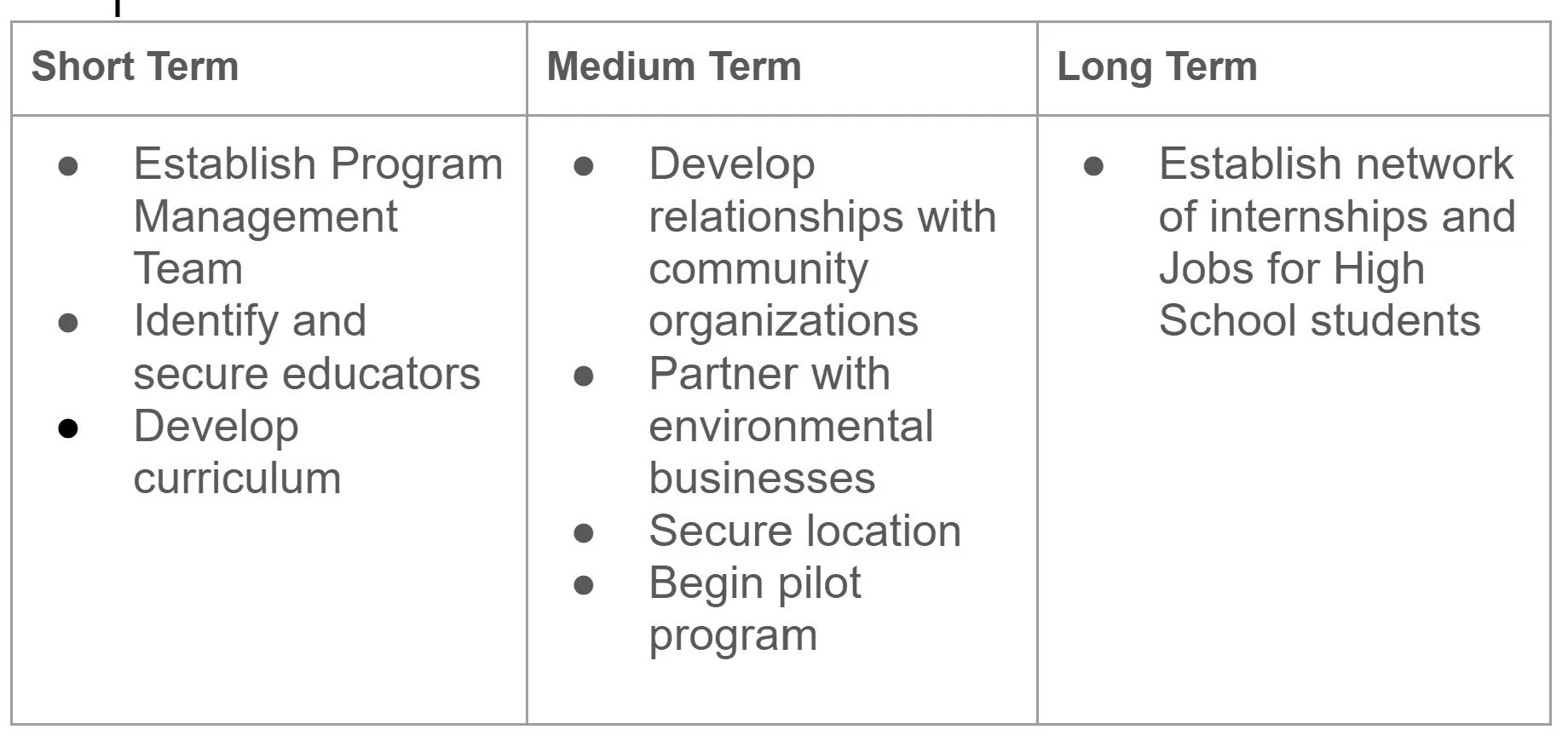Objective 7: Improve Mobility To, From, and Within Coney Island
A community, mobility, and public health- centered approach must drive transportation planning on the peninsula. By exploring neighborhood level policies to reduce entertainment-district related seasonal traffic while generating revenue for transportation and mobility improvements, and combining that with community education, skill sharing, and improved access to bicycles and bicycle safety related infrastructure, these two recommendations serve to improve mobility to, from, and within Coney Island .
The Vision
Tourism plays a large part in Coney Island’s economy. While tourists from other parts of New York City and beyond are welcome, thousands of cars driving into the neighborhood puts a heavy burden on the community, bringing congestion and using up parking. A seasonal congestion zone would encourage tourists to travel by train or bus, and collect toll money to be used for transportation improvements from those tourists who do choose to drive. Toll money can be used to improve community concerns such as bus service and sidewalk conditions.
Why it Matters
This recommendation addresses some of the community’s greatest concerns, including traffic congestion, parking, bus service, and sidewalk conditions. The congestion zone addresses congestion and parking through its regulations, and addresses bus service and sidewalk conditions through use of the toll funds. By working with the MTA and DOT on local investment of funds, collected tolls can turn into much needed infrastructure and bus service improvements.
How It Works
From May to October, vehicles entering Coney Island would pay a fee to enter, with cars being charged once per day. Tolls would be collected the same way that Manhattan Congestion Pricing is slated to operate, with cameras placed at all entrances to the zone. To maintain exclusivity to drive in the zone for residents, residents can be issued an EZ pass which awards free entry.
By establishing visioning workshops with stakeholder agencies such as the MTA and DOT, the community can voice what other aspects of the congestion zone they would like to see or not see.
Source: Crain’s New York Business
How to Get it Done
To get it done, a detailed framework would need to be developed and shared with the community. Then, develop a community campaign, and get the support of elected officials to advocate to city and state agencies. These are perhaps the most crucial steps to this process. The voices of the community and the support of its elected officials bring eyes to the project and power for its progress.
Once considered by state agencies like the city and state DOTs and the MTA, they can hold visioning workshops with the community. The end goal is to have this proposal brought before city council and the state.
Develop a framework
Bring framework to community board meeting
Develop a community campaign
Propose idea to electeds
Electeds advocate to necessary city and state agencies
Agencies hold visioning workshops at community board meetings
Source: Brick Underground
Framework
A solid framework is crucial for this project to be taken seriously. It could look like:
Improve transit and pedestrian infrastructure prior to implementation
Establish traffic and health objectives
Determine technology and location
Establish an agreement between the MTA and City of New York
Determine cost and pricing
Estimated $25 million for infrastructure
Determine toll amount
Breakdown of toll funds
Establish an agreement between the MTA and DOT to split funds and use locally on projects such as the following:
Transit projects
Street and sidewalk improvements
Ferry advocacy
Source: W42St.nyc
Who to Involve
Obtaining helpful allies is crucial to this process as this endeavor would require efforts from several important stakeholders. First off is councilmember Justin Brannan. Councilmember Brannan has shown efforts to help the community through his work, including his current efforts on obtaining and implementing funding to improve parks in Coney Island. There could also be discretionary funding for a community campaign available through him, and he could help obtain additional grant funding.
Another very helpful ally could be Transportation Alternatives. Transportation Alternatives is an organization specializing in reducing cars in New York City. They are a great resource in safe streets and congestion pricing advocacy.
Lastly, several government agencies will need to be on board, with advocates from within. These include the city and state DOTs, the MTA, and the offices of the Mayor and Governor.
Community Campaign
A community campaign is very important in gaining traction for this project. Leaders can be established through the community board, and the campaign could focus on main ideas including mobility and environmental needs to relieve congestion, welcoming tourists but not at the expense of residents, safe streets advocacy, and desires for the use of toll funds.
Key principles to highlight through the campaign include:
Mobility and environmental needs to relieve the island of congestion
Welcome tourists but not at expense of the community
Highlight tourism’s benefits for the economy
Vocalize wishes for long term use of toll funds
Safe streets advocacy
Demanding that the process create local jobs through hiring local residents
Source: amNewYork
Goals
